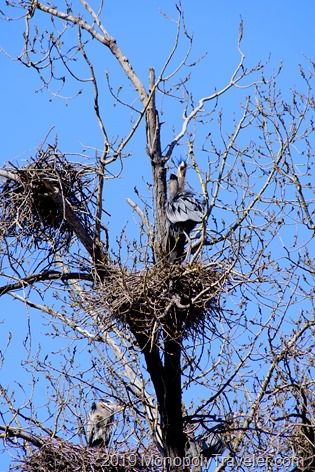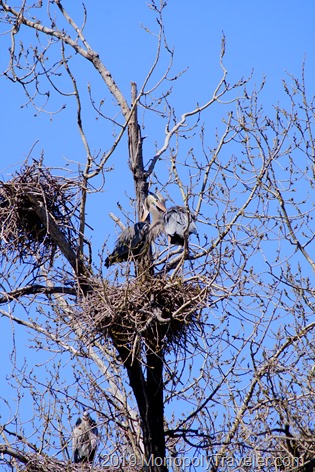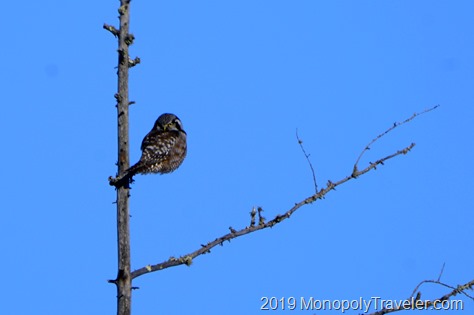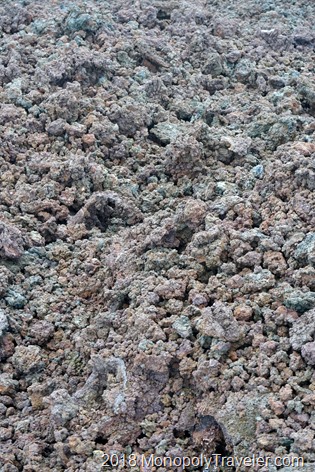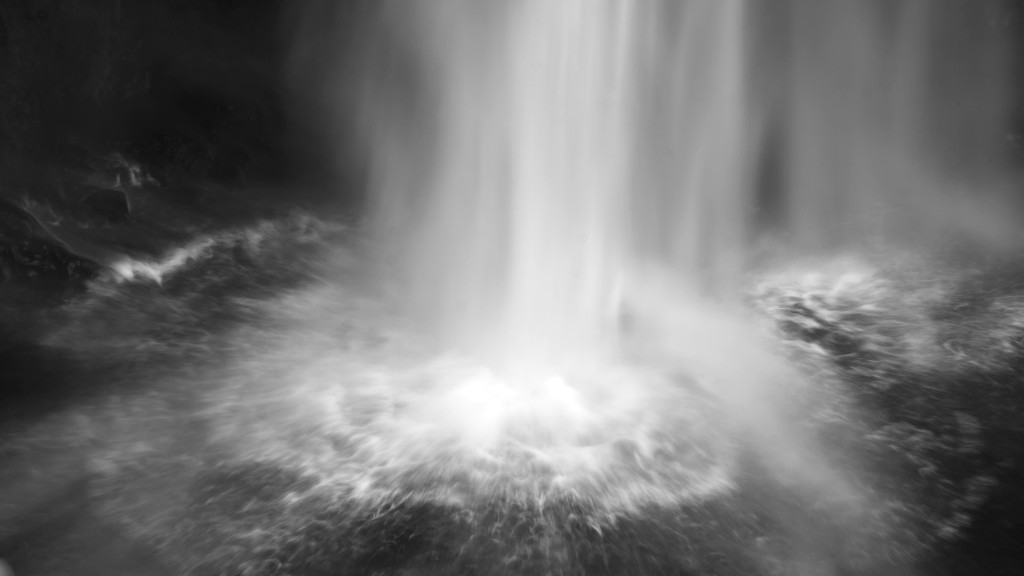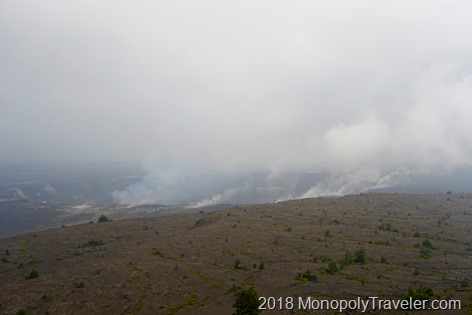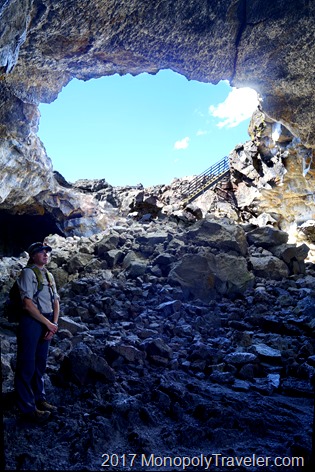A couple of weeks ago I spent a Saturday in Wabasha, Minnesota photographing Bald Eagles as they return north after the cold winter. The National Eagle Center in Wabasha tracks Eagle numbers throughout March and the count for this weekend looked really good provided many opportunities to watch these magnificent birds of prey. After finishing my commitments on Friday night I quickly ran around the house gathering equipment and gear I might need for a day along the Mighty Mississippi tracking and photographing Eagles.
Awaking well before dawn, on a short nights rest, I got my remaining gear and some food together and headed out the door. It was just after 4:45am which would give me enough time to make the nearly 2 hour drive to Wabasha and arrive there to see the sun rise above the horizon as Eagles begin to take to the sky for the day. It was a nice day for an adventure with temperatures reaching above freezing making for a comfortable day outside without excessive layers of clothes. The drive went by quickly with the horizon beginning to cast light into drifting clouds as I got closer bringing out some beautiful pinks in the sky. Reaching the first stop for the day at Reeds Landing, the sun was only moments from breaking above the trees across the river. Getting set up to take some pictures of the sunrise, Eagles were already flying above distracting me from the first mornings’ light.
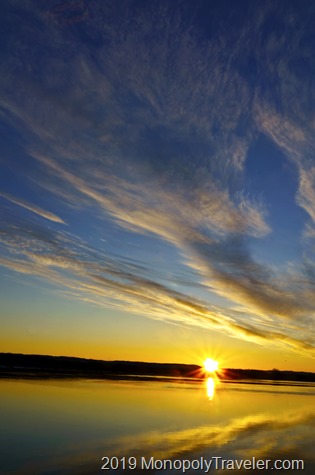
While the sun continued to rise I attempted to capture an Eagle in the photo as they flew overhead but was unsuccessful as it was still too dark and the Eagles turned out blurry so I returned to focus only on the sunrise for the time being. One of the nice things about Eagle watching at that time of year is if you see a large bird, it’s likely an Eagle. During much of the summer I’m often fooled by larger birds that turn out to be Turkey Vultures and then disappointed. In a short time the light from the rising sun increased enough to begin capturing birds in flight. Just at that time a young one flew into view heading right in my direction. Focusing the camera on it I began to snap away getting some beautiful photos as it got closer. The result is the picture at the top of this post.
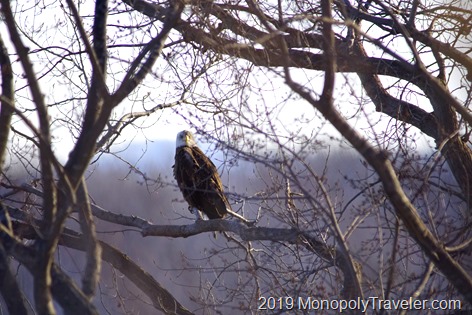
The biggest challenge of photographing these Eagles is to find a spot to get close enough for some great photos. Often times they will fly away from you or land on the other side of the river where they are too far away to get great shots. Even with that, opportunities did become available from time to time. The trick was to be ready and have the camera settings right for the situation. Sometimes it works out and other times I was frustrated with a blurry shot wanting to slam the camera and lens to the ground. All in all it was a lot of fun to photograph these beautiful birds and watch as they interacted with each other and flew overhead. Listening to their calls, which sounds very little like the sounds you hear on TV shows, wondering what they’re saying to each other. Sometimes they called one another to the tree they’re in and other times it was letting anther Eagle know they are not welcome to land in that tree. But many of the calls I couldn’t figure out the purpose of.

After awhile the Eagles seem to move away from an area requiring getting back into the vehicle to search for more elsewhere along the river. There are several nests in this area also. These are quite impressive to see as they’re so large. Almost like a tree fort. All of this just for an little Eagle or two. These nests are constructed over several years, increasing in size each time. There was one nest being guarded by an Eagle giving some perspective on how large the nest is.

Throughout the day there were many Eagles soaring in the warming sun. Every once in awhile there would be a couple of birds arguing over a particular fishing spot or certain territory in a tree or on the remaining ice along the river making for some interesting and entertaining behavior. Several times I attempted to capture this with the camera but often it was over before I could capture the event. There were a few that I managed to photograph but they were often far away allowing the Eagles to avoid a close-up shot. The picture below is one of the best shots I managed to capture. These two were arguing over this location on the ice. It lasted for less than a minute.
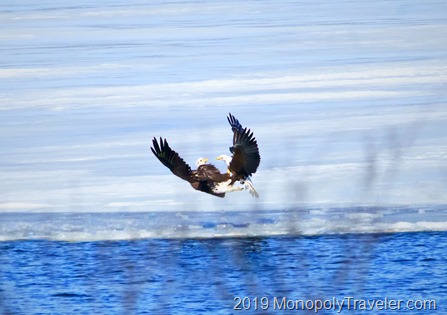
As the day got later I continued to work on capturing an Eagle swooping down to catch a fish. Unfortunately I had little success. The bird, captured below, has a fish in it’s talons while heading to a tree away from all the other birds to feast without being disturbed by another Eagle trying to steal the fresh meal. I watched this one gliding over the water and then circle around before plucking a fish out of the river all the while snapping away. Unfortunately those pictures are all a little blurry and the actual moment of catching the fish was missed. I have a photo of the Eagle touching the water and another one just after it caught the fish. While it’s nice to see those shots, it’s also disappointing as they are not great compositionally or completely in focus. Something to continue to work on. Even after this bird caught the fish I didn’t stop tracking it and luckily I didn’t. It ended up flying almost overhead as it headed towards the hills behind me giving me more opportunities to grab a picture with a fish in the talons.

Near the end of the day the light was getting too low for good picture taking of the Eagles so I headed to a spot to enjoy the last rays of the sun for the day before making the trek back home. Thankfully it was a beautiful sunset over the vast Mississippi River as you can see in the small Panorama below.




